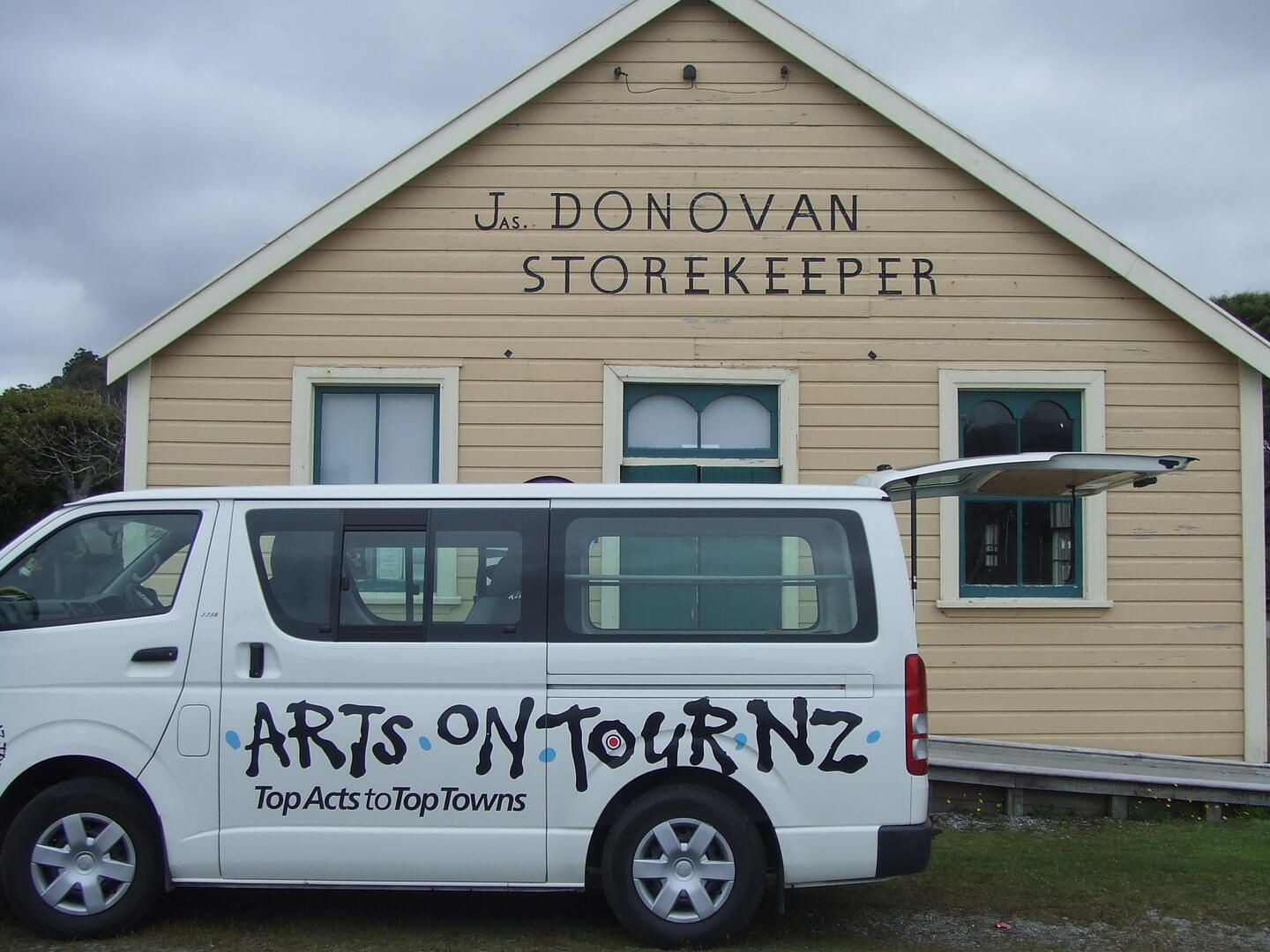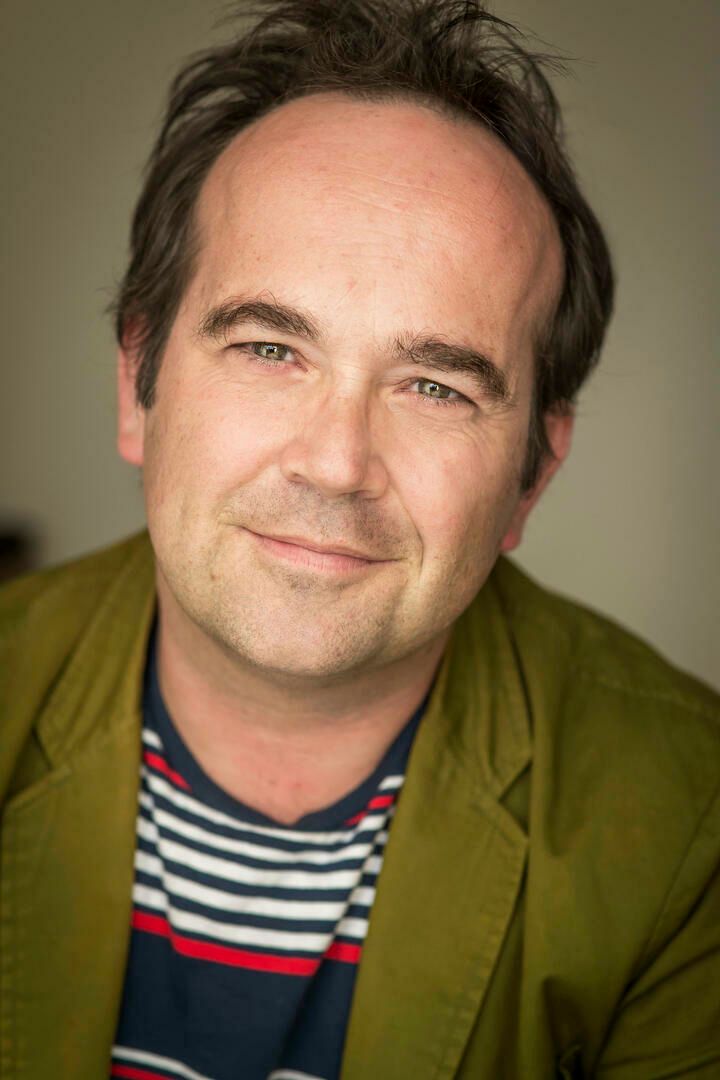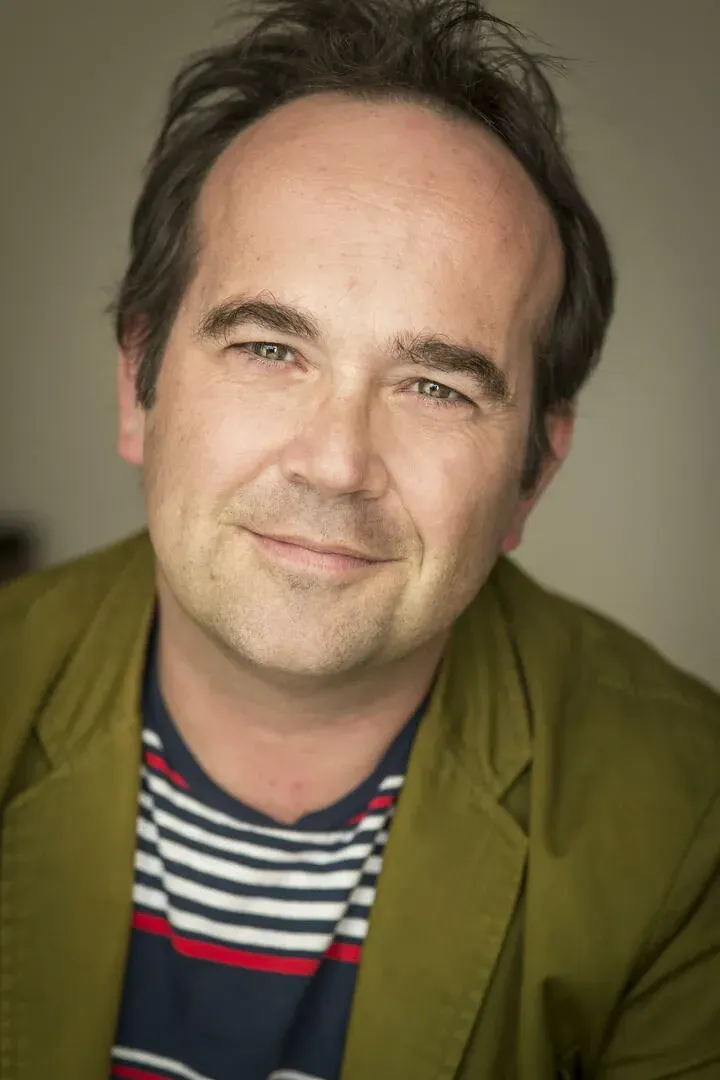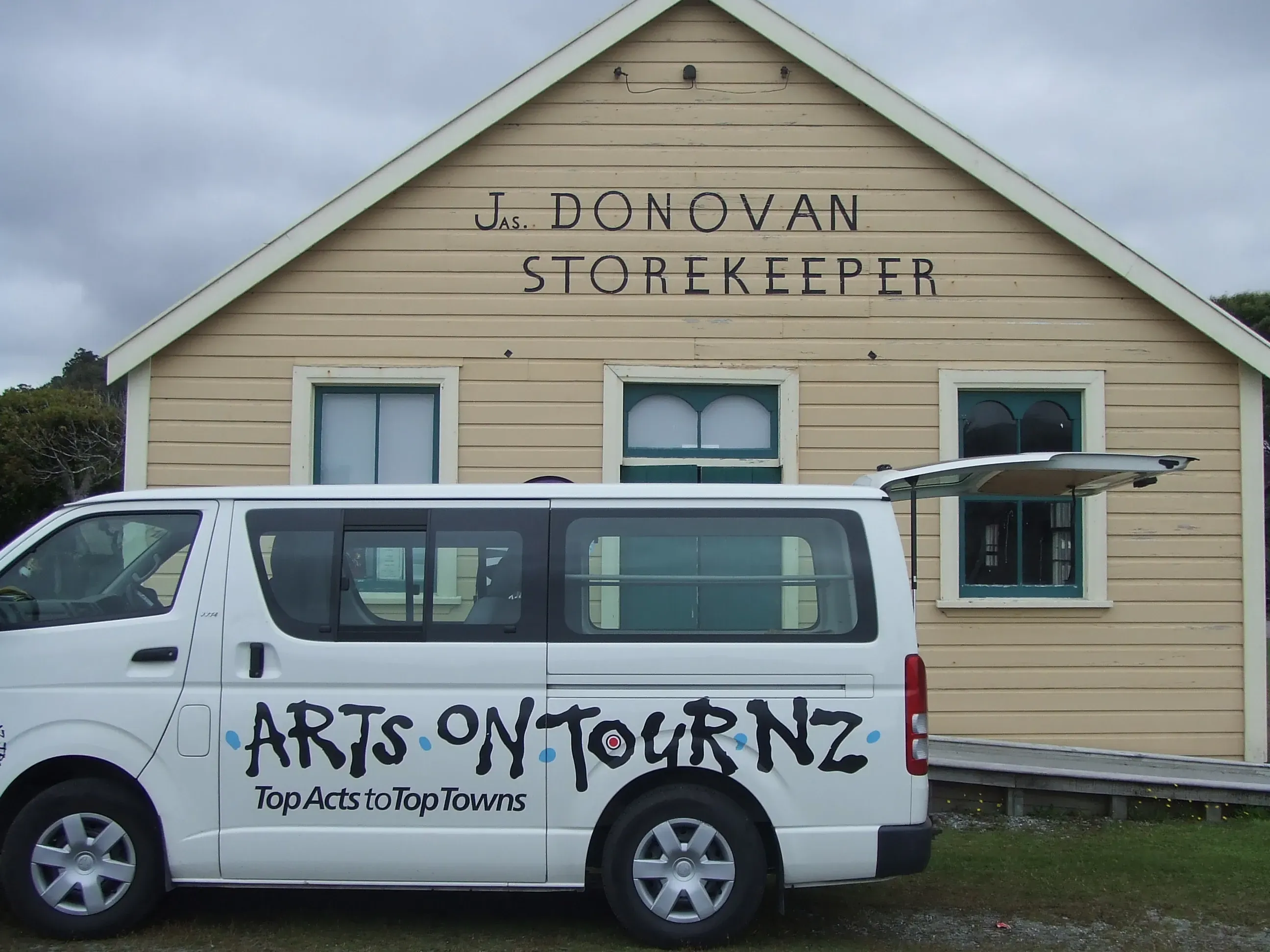Funding Shock - TBI Investigates

Worse than COVID.
That’s how the implications of the current defunding situation is being described by independent artists in the creative community, with The Big Idea speaking to many who have been on either side of the equation.
The past week has been a busy one for the sector - not just with the return of so many events, but off the stage and galleries as well.
The announcement of Creative New Zealand’s (CNZ) 2023-25 batch of three year Toi Uru Kahikatea clients - as well as the recipients of the Annual Art Grants - has led to many conversations and debates.
The millions of dollars that has been injected - and the money that has not. The organisations that have been funded - and those that have not.
Of the 62 invited applicants for the contestable $54 million Kahikatea fund, 58 were selected - with four previously funded organisations no longer in that category, while four others -Te Rākau Hua o te Wao Tapu, Te Tairāwhiti Arts Festival, Kia Mau Festival and Toi Ngāpuhi - were promoted to that sought after funding level.
In the Annual Arts Grants, there were 50 eligible applications with only 23 supported in the $2.8 million offerings. 27 of them - more than half the applicants - missed out. The previous year, 36 organisations were invited to apply, with only seven applications rejected.
Contestability of funding
First things first - these are all contestable funds. That needs to be acknowledged and accepted. No one The Big Idea spoke to had any issue with that fact nor is there a belief that it is anyone’s god-given right to have funding simply roll over year after year.
As CNZ Chief Executive Stephen Wainwright points out to The Big Idea “everyone in real life is involved in contests, whether it’s the Government having an election or you as an individual doing an exam.
“We all know when we’re involved in those things, there’s a range of outcomes - not always the ones that we want - and that’s hard to take, for sure.”
Nightsong’s Ben Crowder can attest to that.
Over the years, the well established and highly acclaimed theatre company has gone from a Kahikatea client to battling for the maximum available in the Annual Arts Grants. This year, they’ve missed that grouping altogether.
Shock and surprise
Crowder told The Big Idea “We are completely devastated and unsure how to resurrect literally years of work in planning - and deal with the alternatives that are potentially on the horizon to get the whole year back up.”
The feeling is shared by Arts on Tour New Zealand (AOTNZ), one of the quartet of organisations to lose their place on the Kahikatea totem pole.
Their 259 bookings into 74 community agencies over 10 planned tours for 2023 - that get directly into the regions that otherwise go overlooked for professional creative performances - is now in dire jeopardy.
Steve Thomas, who founded AOTNZ back in 1995 and is the current Artistic Director, was left dumbfounded.
“This action has been taken without cause for appeal and without warning or consultation. CNZ have offered funding for the first six months of 2023 at 75% of the 2022 Kahikatea grant, prorated over that six-month period (as with all who missed Kahikatea funding), and then no guarantees - pitching AOTNZ into the competitive Annual Grants pot.
“This through a pandemic and now when people need the encouragement of arts experiences more than ever”.

Arts on Tour setting up in Okarito. Photo: Supplied.
Chairman Steve Lowndes describes the announcement as “a complete shock and surprise”, adding “AOTNZ is the only organisation within CNZ’s wider portfolio that regularly presents work in rural centres. The feedback from many has been vitriolic over the last 48 hours.”
Indeed, among the messages flowing in include comments like “that’s appalling - rural New Zealand effectively is deemed to be of no cultural value, worth or entitlement.”
Performer Penny Ashton is among many who have had their plans for 2023 thrown into disarray by AOTNZ’s demotion in funding status.
She told The Big Idea “my favourite ever audience comment was in a farmhouse where I was billeted in Onewhero, the man stood and contemplated then said ‘Shows like yours add spice to life.’ And that’s what AOTNZ does, it adds cultural spice of all flavours from the very north to south.”
Wainwright is forthright with his reasoning for those who feel left out in the cold.
“All of the proposals were actually pretty damn good but we don’t have the ability to support them all. I can understand…it’s not a nice feeling, no one likes being unsuccessful. It’s very hard news to take - especially when it’s not that people have put in terrible proposals, it’s just that through all the checks and balances of our process that are very intensive - some are better than others.
“We’re not able to support as many things to the level as we would ideally like, those are the parameters at the moment…it's a challenging environment for making decisions.”
Crowder acknowledges that Nightsong is among those with a “history of a challenging environment with the funding bodies” and even in the face of COVID, in their view, “have creatively succeeded with our shows, reduced our reliance on CNZ as a funder, increased our impact as far as audience numbers.
“But this announcement is still a huge blow.”
Performing Arts Network of New Zealand (PANNZ) Chief Executive Louise Gallagher is a consistent and vocal advocate for the sector. At today’s PANNZ in-person gathering with several hundred performing artists, producers and makers - she will be addressing the impact of this very issue around funding.
“If you thought we were out of crisis - we are not,” she told The Big Idea.
“For the last two years, we have all understood that every part of our industry is vital - we are an interconnected ecosystem and suddenly a large part of our system is at risk of disappearing and quickly.
“There is too little money put into our sector and no increase from the Government to CNZ. I am asking why is there no more for our sector - who decided that for us all?”
Wainwright wants to underline that just because you miss out on one level of funding, organisations are able to apply for others.
Crowder explains the issue many now face - and it has a flow on impact that might not be truly understood for years to come.

Ben Crowder. Photo: Supplied.
“Annual Grants are only available for artists with a very strong track record with CNZ. It’s the type of grant you have to seek permission to apply for - you have to contest to be contestable.
“It’s for established artists or organisations to deliver projects or continuous activity for 12 months, you have to supply full business plans and the like.
“One of the frustrating things is a lot more people were brought on board to apply, but no extra money.
“There are various companies who have received it for the last two years and started running their organisations. Nightsong has 3 full time staff and 3 part time staff, which we run not solely off $150,000 - but without it…it’s a cornerstone we need to move forward. It’s like a reverse pyramid of cards and it’s knocked us out of the water.
“Unless there is a solution or a ‘half way’ that’s not currently on the table, to me this is by far the most serious thing that’s happened to the independent sector in my lifetime as an artist, which is 30 years.
“There is a very clear indication that CNZ has no more money.
“The next Arts Grant is going to be flooded with all these established artists which is just going to make less space for emerging artists. There are some organisations who say they feel like they can’t even apply, that there is too much politics and competing priorities.
“We’ve missed the first round of arts grants because if you apply for the Annual Grant, you’re not able to apply for both. If you did need that $150,000, the most you can receive in the upcoming arts grant round is $75,000, so if you need closer to that higher level you would need to do a second application that would not see a result come through until April.
“It’s going to be a very difficult landscape."
Death by a thousand cuts
Many other highly-regarded creatives spoken to by The Big Idea didn’t want to be named - feeling fraught by concerns about where their future funding may come from.
One pointed out it’s not just those who missed out who will now struggle - although they are naturally of greatest concern to the creative community. Many of those who were funded received much less than expected.
One source who didn’t wish to be identified told The Big Idea there have been some “serious cuts on already very tight budgets.”
They continue “some organisations needed tens of thousands more than they were granted then had to make the tough decision to accept that amount offered and not be eligible for other CNZ funding.
“$150,000 (maximum funding for the Annual Grant) isn’t enough money to do what we do already.
“We are the people who provide a lot of the work for venues, regional festivals, major festivals. The knock-on effect is going to be huge.”
Just keeping up with inflation is hard enough. Wainwright concedes “that is a fresh thing for CNZ to have to deal with” when it comes to their funding - an organisation getting the same amount of funding they received last year is basically receiving a pay cut.
It should be noted, CNZ’s allotment to do their mahi suffers the same problem.
“We’re doing the best we can because we absolutely acknowledge that those higher costs often fall on those who are most vulnerable, people on fixed or low incomes which of course includes people working in the creative sector, that’s another challenge that we’re all grappling with,” Wainwright says.
Another unnamed source points out “the consequences are real.”
They add “take into account the cost of employing technicians, the cost of building sets - often the designers and the artists have been on pay freezes for years.
“Unless you’re an emerging artist willing to work for next to nothing or you can subsidise it in another way, it’s just not viable. If you’re trying to pay rent, have a mortgage, raise a child - any of those things are a struggle.”
Another established creative was frustrated by what they label as a lack of strategy and double standards by CNZ.
“It’s galling to me that CNZ have said they’ve run out of pūtea, they’ve run down all their reserves (with COVID emergency support). As an arts organisation, we would not be able to say that.
“We need to have strategies for our money, we have to spend it sensibly - they (CNZ) demand it from us.”
What happens next
The backlash is coming - some of it directed at CNZ and their decision making.
AOTNZ has confirmed they’ve meeting with Wainwright and Art Council Chair Caren Rangi next month, with others contemplating whether to appeal their respective outcomes - or as one referred to it - “our sentence”.
But questions are certainly heading towards the Government and those who fund the funders.

Stephen Wainwright. Photo: Supplied.
Wainwright offers “I think we sometimes we get distracted by how our relatively modest resources are allocated, where in fact that’s just a consequence of a system that perhaps doesn’t value the contribution of investment of arts, culture and creativity in the way that you would hope that it would - given that cultural wellbeing is in fact a priority.
“Sustainability is a real issue and it has been for a long time. We will keep engaging with the creative industry to ensure that what we do can be as helpful as possible. We’re just a small cog in a big wheel.
“If we’re talking public investment, that’s part of the political process. The more the public community itself can advocate for the value of cultural wellbeing - that’s really a collective responsibility.
“I frequently go to events, and those who attend love them but when you speak to them after the show, it’s absolutely clear they have no idea what enabled what they saw on stage.
“They have no idea that if you read the annual report of that organisation, half the money came from enablers like CNZ, perhaps like the local authority. I’d say we have a wero for ourselves in the creative sector to explain to the public the absolute importance of public investment.
“The voice of the value of creativity needs to get that attention. That’s something where everybody can play a role.”
There are certainly calls for more engagement and consultation - for CNZ “talk to us, not for us” as one source comments. “The independent sector has not - to my knowledge - been spoken to once by CNZ during COVID about how we’re going or what we need. It’s a shambles.”
Crowder declares “The industry wants to work together to find a solution to this."
Gallagher challenges “if you are a funded organisation either through CNZ or local government, then there is a moral obligation to ensure we look after those who are currently cast out of the waka and floating in stormy seas - who have no life-jackets or life-boats, or even those who have never even been on the waka.
“We have to collectively find a way to bring them back in to support the artists at the heart of the work we do.”
The ecosystem is under threat - and the repercussions could last for years. This is set to be another rallying call for the creative community - the question now, who will answer?


